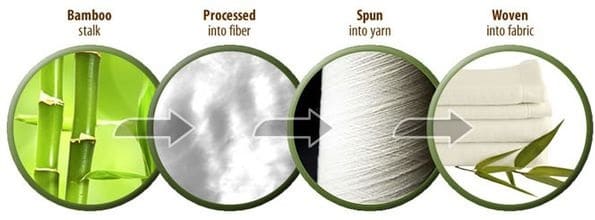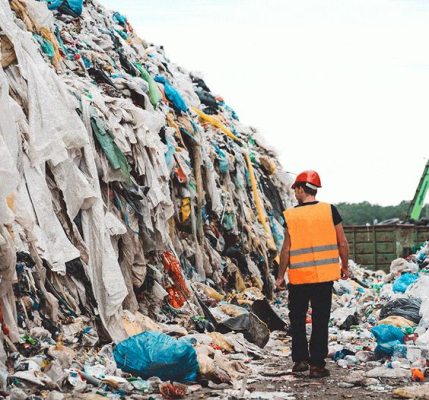𝐁𝐚𝐦𝐛𝐨𝐨 𝐅𝐚𝐛𝐫𝐢𝐜: 𝐒𝐮𝐬𝐭𝐚𝐢𝐧𝐚𝐛𝐥𝐞 𝐄𝐥𝐞𝐠𝐚𝐧𝐜𝐞 𝐟𝐨𝐫 𝐘𝐨𝐮𝐫 𝐖𝐚𝐫𝐝𝐫𝐨𝐛𝐞
Bamboo fabric, also known as bamboo textile or bamboo viscose, is a type of fabric made from the pulp of the bamboo plant. It has gained popularity in recent years as a sustainable and eco-friendly alternative to traditional textiles like cotton and synthetic fibers. Bamboo fabric can be used to make a variety of clothing and textile products, including shirts, dresses, underwear, sheets, and towels.
There are a few different methods used to produce bamboo fabric, but the most common one involves a process similar to that used in making rayon or viscose fabric. Here’s a general overview of how bamboo fabric is typically produced:
𝑯𝒂𝒓𝒗𝒆𝒔𝒕𝒊𝒏𝒈 𝒂𝒏𝒅 𝑷𝒓𝒆𝒑𝒂𝒓𝒂𝒕𝒊𝒐𝒏: Bamboo stalks are harvested and then processed to extract the cellulose, which is the main component used to make the fabric.
𝑷𝒖𝒍𝒑𝒊𝒏𝒈:The extracted bamboo cellulose is then broken down into a viscous substance through a chemical or mechanical process. This substance is often referred to as “bamboo pulp.”
𝑺𝒑𝒊𝒏𝒏𝒊𝒏𝒈:The bamboo pulp is forced through spinnerets to create fibers, which are then solidified into threads. These threads can be woven into fabric or used to create knit textiles.
𝑭𝒊𝒏𝒊𝒔𝒉𝒊𝒏𝒈: The bamboo fabric undergoes various finishing processes, including washing, dyeing, and possibly treatments for softening or wrinkle resistance.
Bamboo fabric has several notable characteristics:
- Softness: Bamboo fabric is known for its soft and smooth texture, often compared to silk or cashmere.
- Breathability: Bamboo fibers have natural moisture-wicking properties, making the fabric breathable and comfortable to wear, especially in warm weather.
- Antibacterial: Bamboo contains a natural antimicrobial agent called “bamboo-kun,” which can help inhibit the growth of bacteria on the fabric. This property can lead to less odor retention compared to other fabrics.
- Sustainability: Bamboo is considered a more sustainable option compared to traditional textiles like cotton because it grows quickly and requires fewer pesticides and water.
- Environmental Concerns: While bamboo is often promoted as an eco-friendly alternative, the production process can involve the use of chemicals that may have environmental implications. Additionally, the process of turning bamboo into fabric can sometimes be resource-intensive.
It’s important to note that not all bamboo fabric is produced in the same way, and there can be variations in the environmental impact and overall quality of different bamboo fabrics. As consumer awareness of sustainability and eco-friendliness grows, it’s important to research and choose bamboo products from reputable sources that adhere to responsible manufacturing practices.
Office: No. 83 A4 St , Ward 12, Tan Binh Dist,HCMC, Vietnam
𝑊𝑒 𝑤𝑜𝑢𝑙𝑑 𝑙𝑖𝑘𝑒 𝑡𝑜 𝑐𝑜𝑜𝑝𝑒𝑟𝑎𝑡𝑒 𝑤𝑖𝑡ℎ 𝑎𝑛𝑦 𝑎𝑔𝑒𝑛𝑐𝑦 𝑖𝑛 𝑡ℎ𝑒 𝑊𝑜𝑟𝑙𝑑 𝑤𝑖𝑡ℎ 𝑡ℎ𝑖𝑠 𝑎𝑟𝑒𝑎. :

